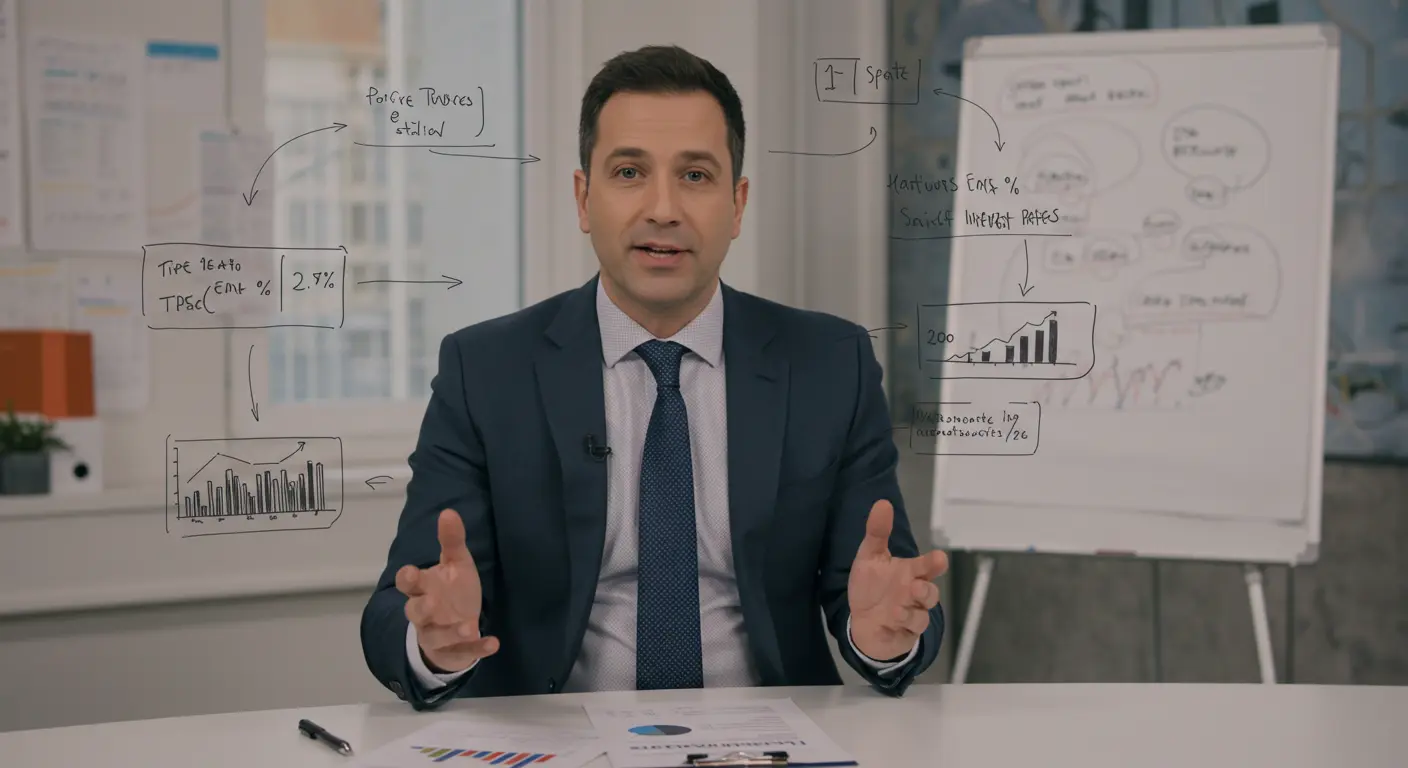Dormant Account Complete Guide
Managing your finances involves keeping track of all your accounts. However, some accounts may become inactive over time, leading to their classification as dormant. Here’s a comprehensive guide on dormant accounts, how they work, the escheatment process, and how to claim your money from a dormant account.
What Is a Dormant Account?
A dormant account is a bank account that has had no activity for an extended period, typically one to three years, depending on the bank’s policy. This inactivity includes no deposits, withdrawals, or any other transactions. Banks classify these accounts as dormant to ensure they can manage inactive funds appropriately and protect against potential fraud.
How a Dormant Account Works
When an account becomes dormant, banks take specific steps to ensure the account holder’s funds are secure:
- Notification: Banks attempt to contact the account holder through mail, email, or phone to inform them of the inactivity. If there is no response, the account is flagged as dormant.
- Account Status Change: The account status changes from active to dormant, which may limit certain banking functionalities like online access or automatic payments.
- Fund Security: The funds remain in the account, but additional steps are taken to secure them, such as requiring additional verification for transactions.
The Escheatment Process for Dormant Accounts
Escheatment is the process where unclaimed or abandoned property, including dormant account funds, is transferred to the state after a specified period of inactivity. Here’s how the process typically works:
- Inactivity Period: After a certain period of inactivity, usually ranging from 3 to 5 years, the bank will begin the escheatment process.
- Final Notice: The bank sends a final notice to the account holder’s last known address, informing them of the impending transfer of funds to the state.
- Transfer of Funds: If there is still no response, the bank transfers the dormant account funds to the state’s unclaimed property office. This process is meant to protect the account holder’s funds and make it easier for them to reclaim their money later.
How Can I Claim My Money From a Dormant Account?
If your account has become dormant and the funds have been escheated to the state, you can still reclaim your money. Here’s how:
- Contact the Bank: Start by contacting your bank to check the status of your account. For example, if you have a Santander dormant account, reach out to Santander customer service.
- Visit the Unclaimed Property Office: If the funds have been transferred to the state, visit the state’s unclaimed property office website. Each state has its website where you can search for unclaimed funds using your name and address.
- Submit a Claim: Complete the claim form provided on the state’s unclaimed property website. You will need to provide identification and proof of ownership of the account.
- Verification and Payment: Once the claim is verified, the state will release the funds to you. This process may take a few weeks to a few months, depending on the state’s procedures.
Key Topics
For those looking for more specific information on dormant accounts, consider these key topics:
- Dormant Assets Scheme: A government initiative to use dormant assets to fund social and environmental projects while ensuring the right to reclaim remains.
- Santander Dormant Account: Specific procedures and contact details for handling dormant accounts with Santander.
- Unclaimed Post Office Savings Accounts: Information on how to reclaim funds from inactive Post Office savings accounts.
- Halifax Dormant Account: Steps to reactivate or reclaim funds from a dormant account with Halifax.
- NatWest Dormant Account: NatWest’s policies and contact information for dormant account inquiries.
Understanding the nature of dormant accounts and the processes involved in managing and reclaiming them is essential for ensuring your funds are secure and accessible when needed. If you believe you have a dormant account, taking prompt action to reactivate or reclaim your funds will help you regain control over your financial assets.
For further information on how to manage dormant accounts or reclaim unclaimed funds, visit the official websites of your respective banks or the state’s unclaimed property office.
















